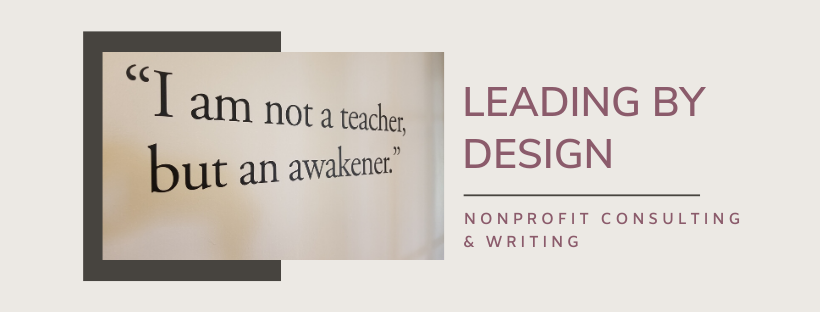Ah, a new year! A clean slate. A fresh start. An opportunity to set personal, professional and organizational goals to work toward the coming twelve months. I'll leave the personal and professional goal-setting up to you, but I would like to get you thinking about tackling some basic activities that are guaranteed -- yes, I said guaranteed -- to strengthen your organization and renew your commitment to your mission. Here's my top 10 list of organizational resolutions for 2009: 1. Review your mission out loud at a board meeting or members' meeting. Get some discussion going about what your mission means (or is supposed to mean). Does your activity reflect and support your mission? If it doesn't what do you need to change to bring mission and practice into alignment? 2. Undertake a formal self-assessment of your organization's strengths and weaknesses. This exercise is an excellent springboard for discussions about organizational focus, mission, and practi
